5 Tips to Stop Dog Aggression
by dogtoyadvisor | Last updated on November 18, 2020
We only review products we tested ourselves. We have affiliate partnerships, so we get a share of the revenue from your purchase.
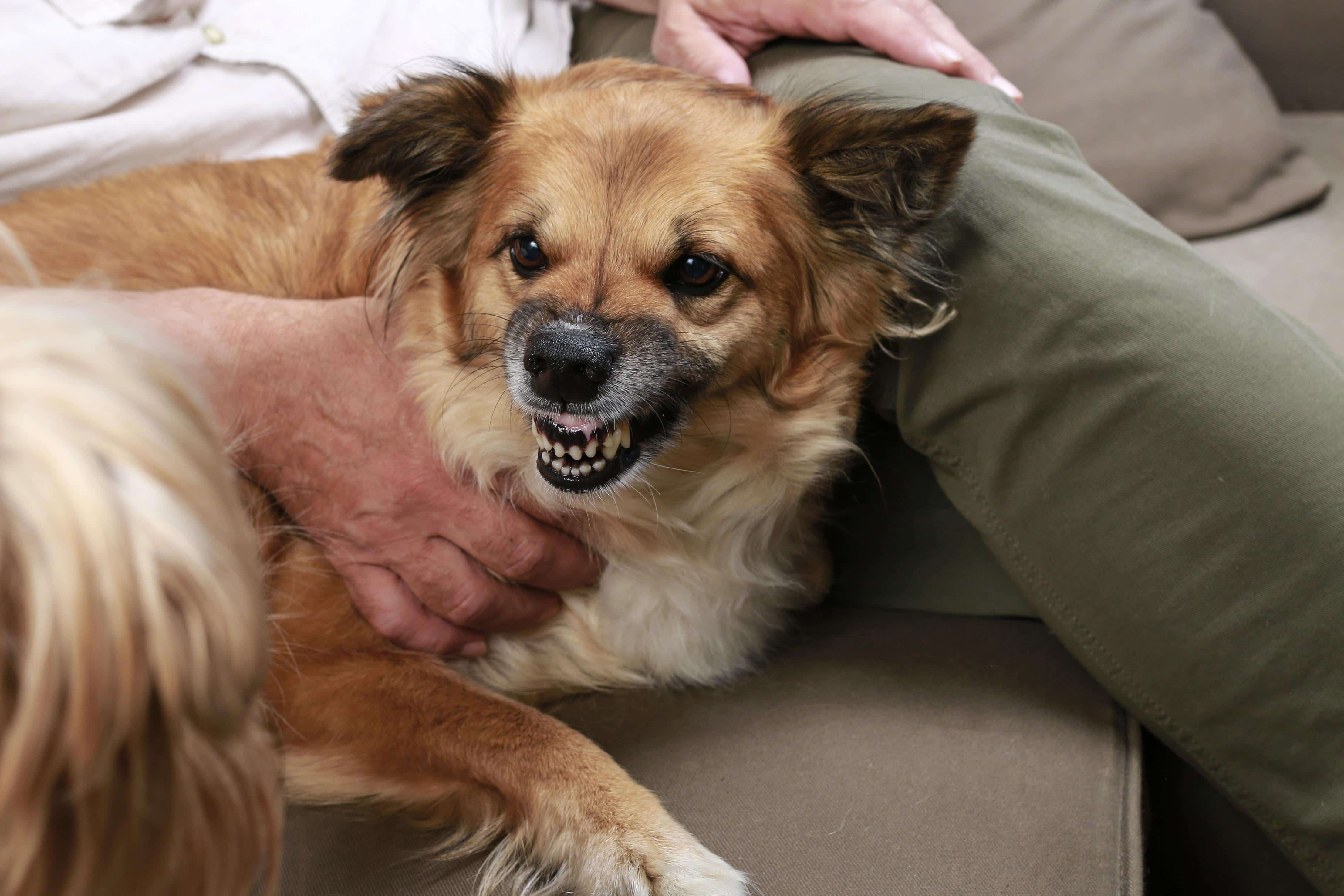
Regardless of how sweet and calm your dog is, the truth is every dog has the potential to be aggressive.
There are different levels of aggression, from defensive posture and rigid body language, to snarling, growling or barking. The worst case scenario is, of course, biting.
Every Aggression Sign Matters
So what if your dog barks at other dogs? What if he growls when you try to touch his bowl when he’s eating? It’s even kind of funny watching him chase squirrels around in your backyard, right?
But even these small displays of aggression should be, at least, identified and controlled. Because barking at another dog on a walk can turn into a fight is the dog gets too close or is of leash. Or your dog manages to find a way to get himself loose.
Plus, it makes for a very unnerving walk for the both of you when you should be enjoying each other’s company and he should be socializing with other dogs.
Also, anything that starts small can escalate when you least expect it.
If he’s growling when you’re touching his food bowl, what will happen if he’s trying to eat something he shouldn’t or that will hurt him? How will you be able to take it away without him getting more aggressive?
What Causes A Dog to Be Aggressive
There are many possible causes, but some are more likely to happen on a day to day basis.
– Territorial, Protective and Possessive Aggression – He’s defending his space, the members of its pack, his food, toys or any other object he values.
– Fear and Defensive Aggression – He’s afraid or on defensive mode and attacks instead of retreating or when cornered.
– Social and Hormonal Aggression – He reacts aggressively to other dogs. It can occur when they’re establishing a hierarchy or with dogs that aren’t properly socialized. Two unneutered males can also become aggressive with each other, particularly if there is a female present.
– Pain Aggression – He’s injured on in pain and reacts aggressively towards you or another person.
– Predatory Aggression – It’s particularly common for breads with hunting skills. Any game of chase can lead to predatory aggression, with another animal or even a child. But it can also occur when they see a smaller animal.
5 Tips To Stop Dog Aggressive Behaviour
These are the five tips we used to stop aggression with out dogs. Through research and talks with specialists, we came up with a plan that can be used on pretty much any type of aggression. Hopefully it will be helpful for your dog too.
Tip 1 – Be His Pack Leader
It’s an ancient notion, but it says what we mean. You need to be the leader of your dog pack if you want him to follow your lead, particularly in those tense situations.
On the other hand, if your dog identifies you as his pack leader, he will no longer need to challenge other dogs for dominance, because you’ll be dominant of him, the hierarchy will be established.
You become your dog’s pack leader by creating a strong bond with him, getting him to respect and trust you earns his ultimate loyalty.
Then, it’s time to create rules and boundaries. You create limits for our dog while protecting him. Try a few training exercises to do it.
When you see your dog turning to you for protection in a scary situation while completely obeying your commands and respecting the rules you’ve created, congratulations, you’re his pack leader!
Tip 2 – Identify His Aggression Trigger
This is a very important step. Take the types of aggression we’ve mentioned earlier and watch your dog to see which ones you identify.
Determine what causes him to become aggressive, even if it is just a small display.
This is crucial information for the work you’ll do with him.
Tip 3 – Keep Your Dog Calm At All Times
You do this, first and foremost, by remaining calm yourself. Dogs pick up on our frame of mind. But you also have some helpful products you can use to calm your dog.
We first heard of the Adaptil range from our vet when we talked to him about Dobby’s anxiety. He suggested we got him a calming collar for him to wear at all times.
After a couple of weeks, we noticed he was more relaxed, and less reactive to the other dogs and the noises that used to frighten him.
The calming collar is particularly effective during walks or at the dog park.
That’s when we decided to add the feromone diffusor to our home, in hopes of him being able to sleep better without getting startled all the time and to help him get along with Tommy and Coco, which didn’t have the collars at the time.
In a couple of days, it was like this calm came over our home, the dogs seemed less aware of each other and more chilled.
Using these two products made all the difference. It takes its time to work but, once it does, you can really see the results. To this day, we still use the collars and the diffusor to maintain the peace at our home.
It also helped Tommy be less aggressive to other dogs, making our daily walks much more fun.
And we can’t get over how easy it is to use!
Tip 4 – Expose Him To His Trigger Slowly
The trick here is to desensitize him, meaning you’ll want to safely expose him to what triggers his aggression in small steps, then work your way up.
Is your dog aggressive to other dogs? Then take longer walks with him and walk past other dogs at a large distance.
If you see him ready to react, distract him with his favorite toy or treat. Do this as many times as necessary to teach him to ignore the other dogs.
Once you’re at that stage, begin walking him a bit closer to the dogs and repeat the process. Eventually, the end goal is for him to walk past other dogs without reacting at all.
Maybe he won’t ever want to play with them or be very friendly, but it will make your walks much more pleasant.
This can be applied to pretty much anything.
Once you identify your dog’s aggression trigger, you’ll want to expose him to it in very small baby steps and try to distract him from it with his favorite things.
Do this consistently, repeatedly and gradually and you should be able to get great results.
Tip 5 – Make His Training Fun!
As in any training, positive reinforcement can go a long way in helping your dog thrive.
Always reward and compliment him when he does the right thing, acknowledge and celebrate every break through and advance. You’ll want him to feel proud of his achievements.
For our dogs, we use either their favorite toys for a play break or, for Dobby, his favorite treat for instant gratification.
If you can, use low calory healthy treats so you’ll be able to reward him without harming his health.
Even better, use calming treats instead!
Affiliate links / Images from Amazon Product Advertising
Recommending Reading:

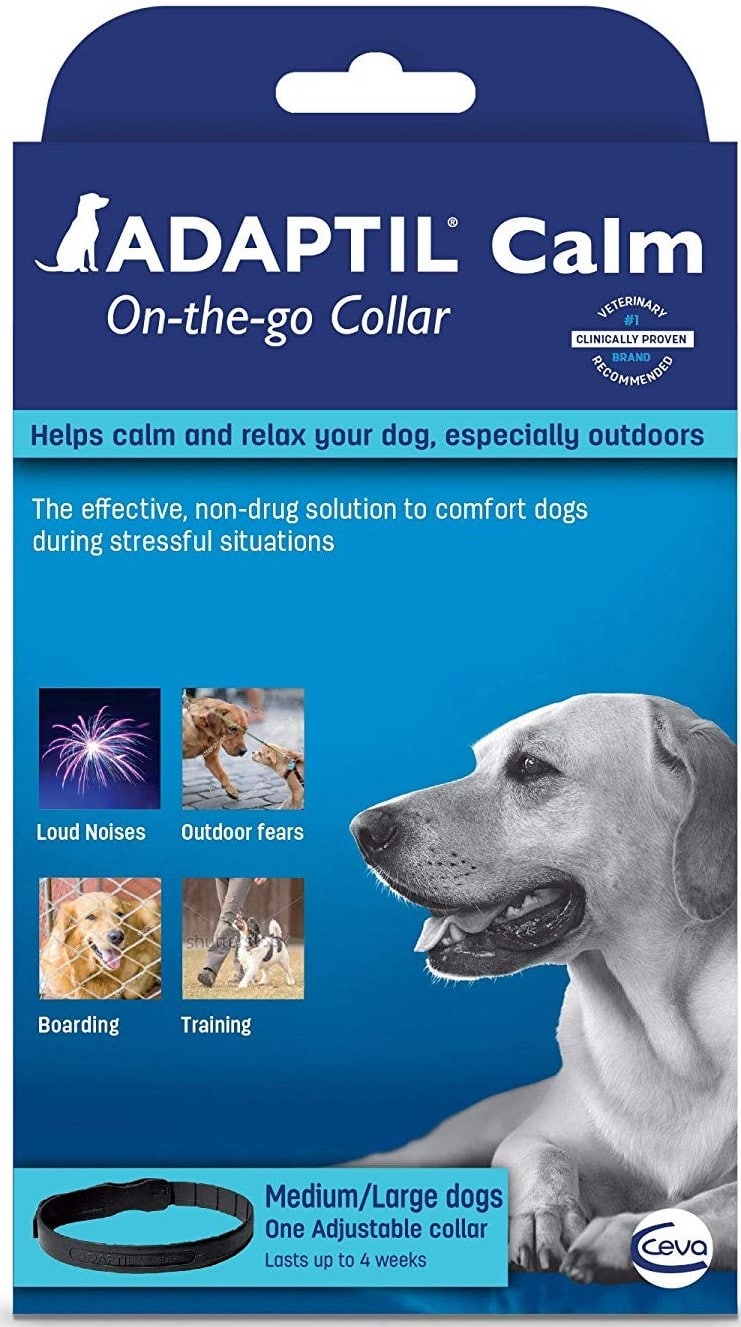

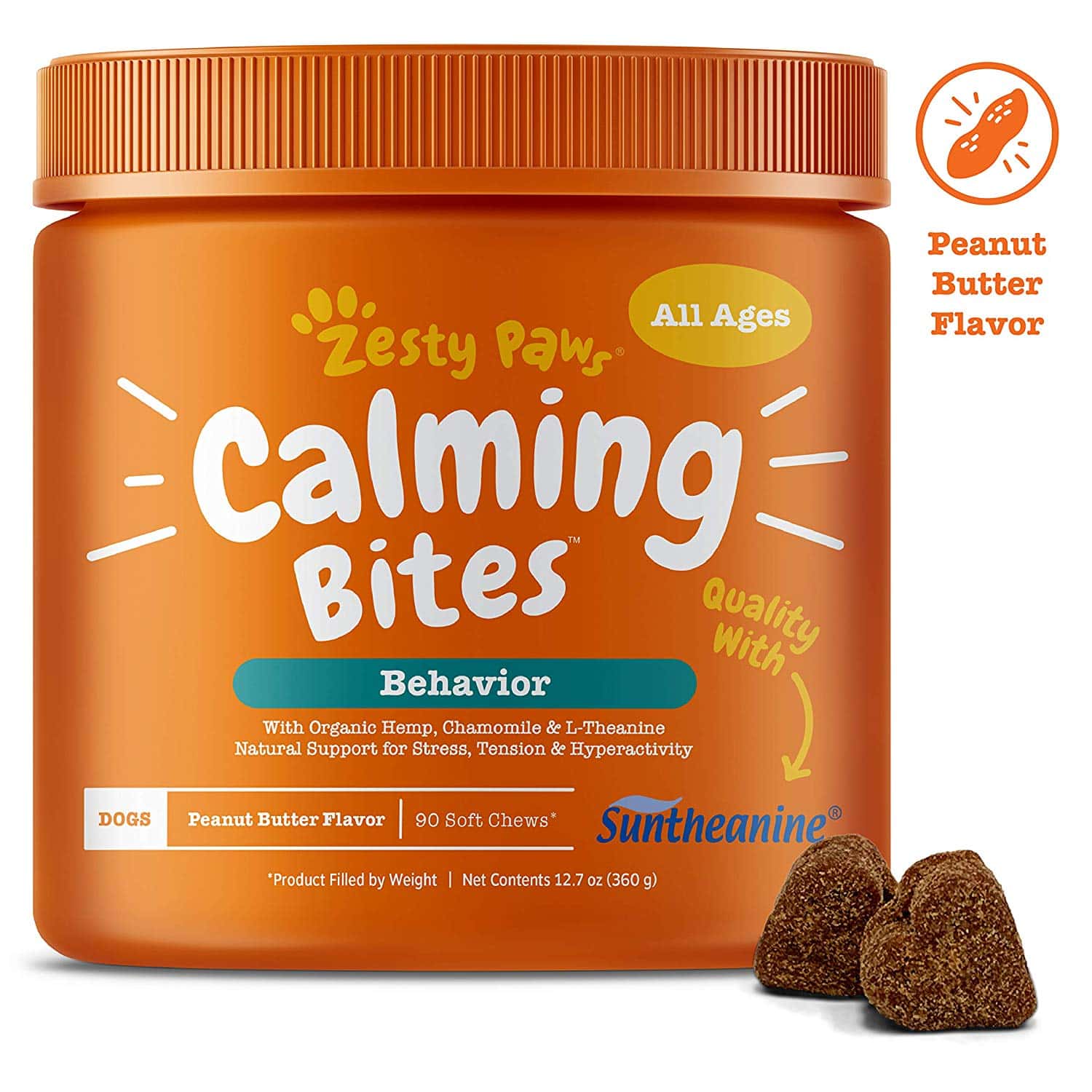
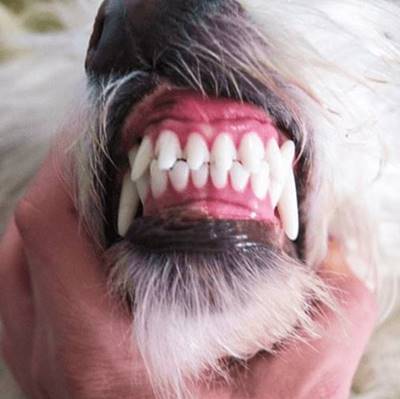
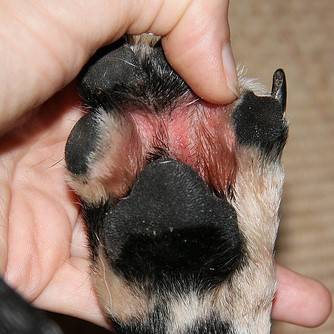
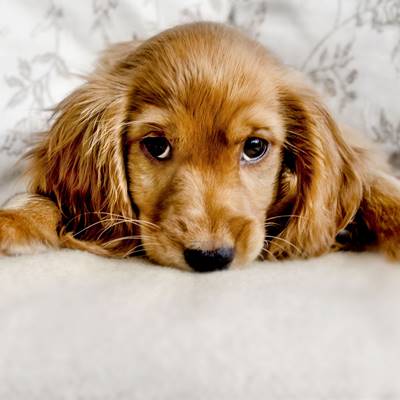
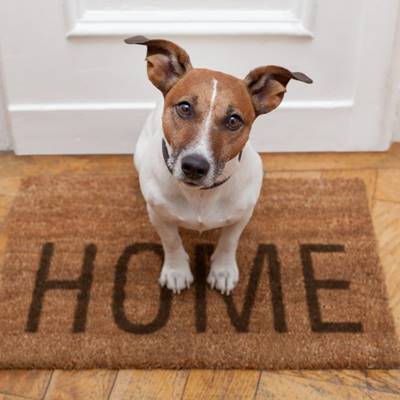
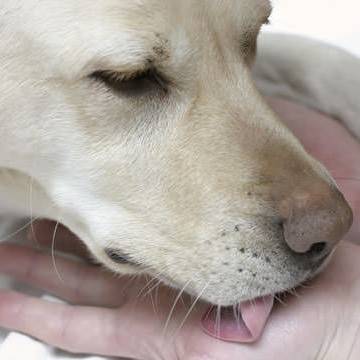
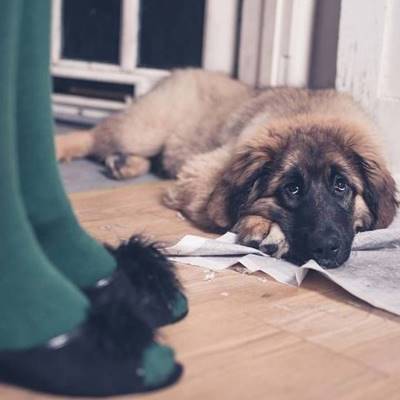

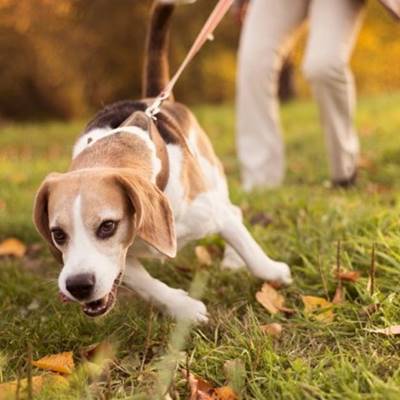
Omg this is so great it really works alot.
Thanks so much for posting.
Thanks Esther!